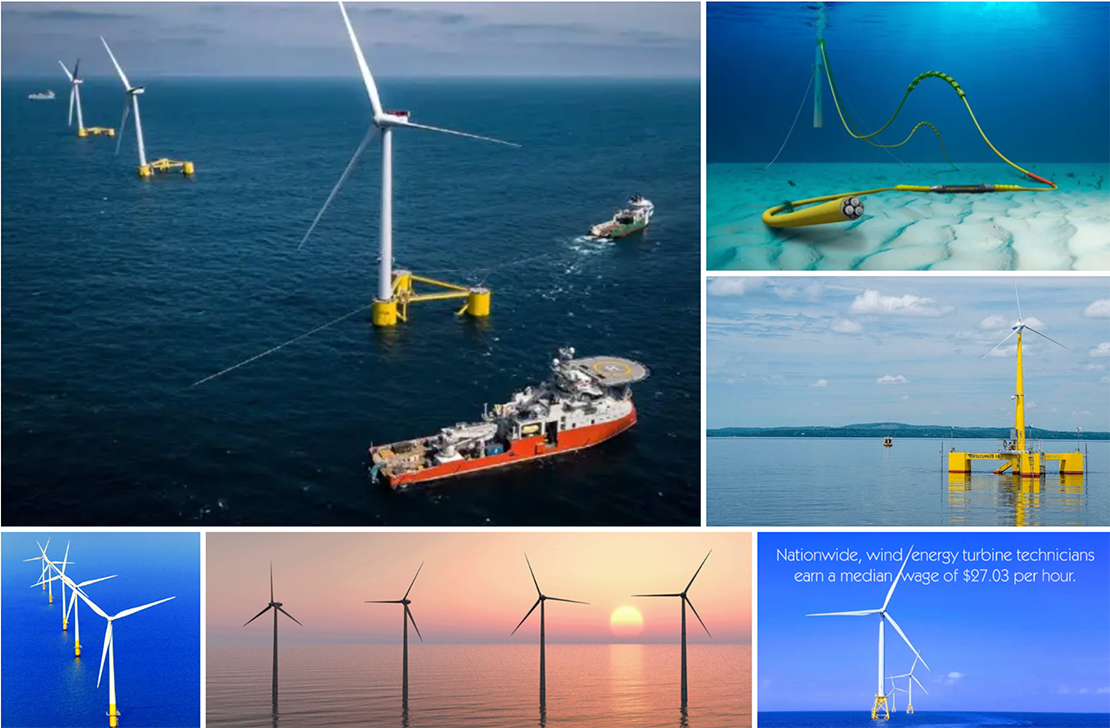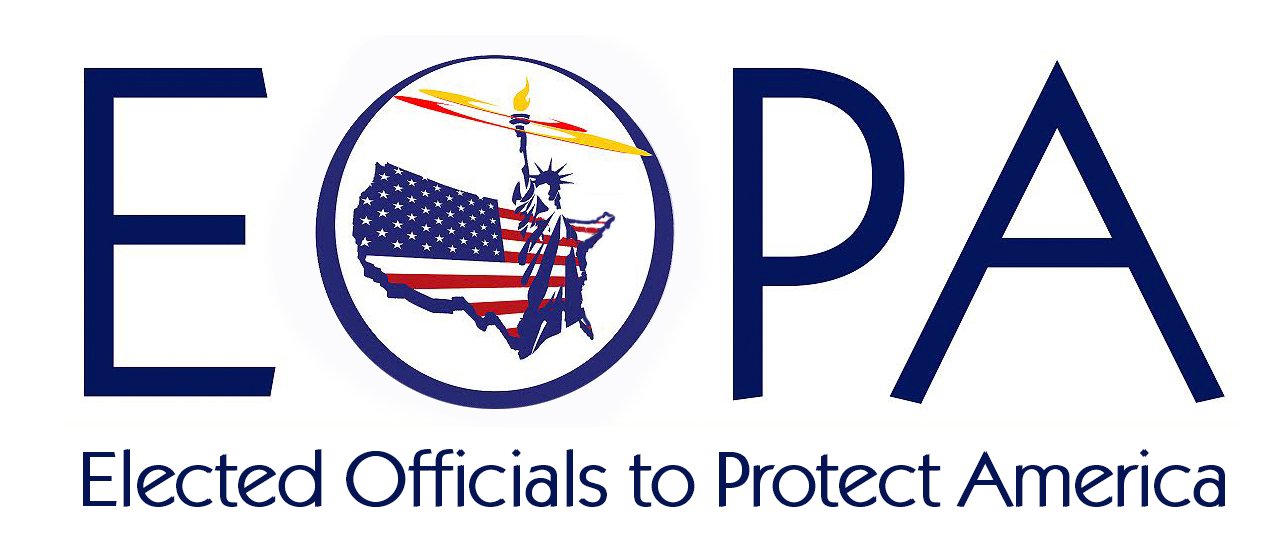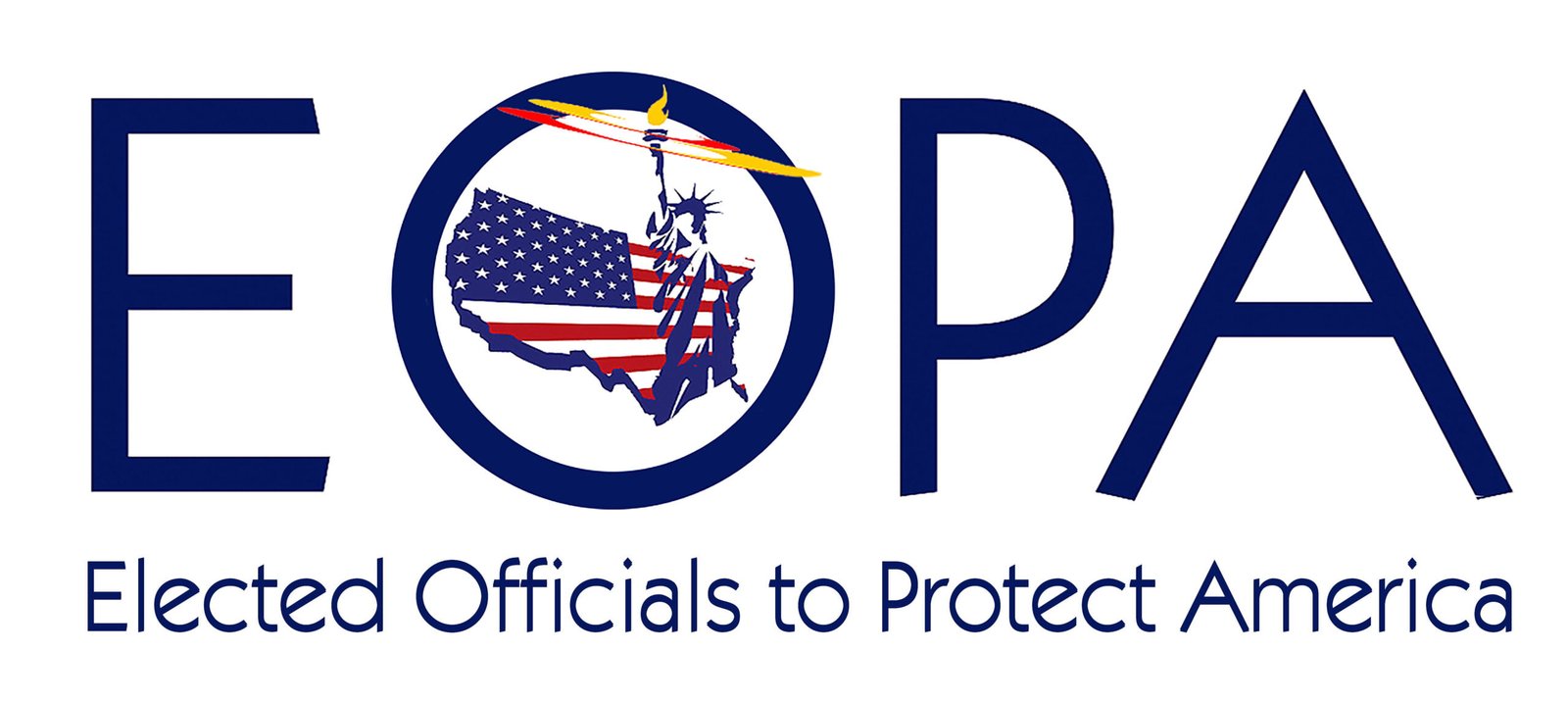Offshore wind is a key energy security solution
Offshore wind presents a golden opportunity to fuel a clean energy economy

As we transition to electric vehicles the need for more electricity to power them will grow exponentially. Offshore wind will be critical to supply enough electric energy for millions of electric vehicles.
Offshore wind has the potential to provide more than 2,000 gigawatts (GW) of electric energy in the United States — at least two times the present generation of the entire U.S. electric grid, according to a National Renewable Energy Laboratory estimate. The sheer size of the resource illustrates the critical contribution that offshore wind can make toward an energy system powered by 100% clean renewable energy.
Offshore wind could be the biggest lever that we can pull to reduce our emissions, address the climate crisis, meet our energy needs, and grow our economy simultaneously. It’s poised to become a $1 trillion industry by 2040, creating thousands of good-paying jobs, providing clean renewable energy, and spurring economic growth with environmental justice.
The U.S. Offshore Wind Power Economic Impact Assessment states that offshore wind is forecasted to create nearly 83,000 jobs across an estimated 74 occupations in the U.S. by 2030, with over 23,000 of those jobs being permanent, full-time jobs that will exist once the projects are fully constructed and operational. These jobs include electricians, welders, turbine technicians, longshoremen, truck drivers, crane operators, ironworkers, pipefitters, pile drivers, engineers, mechanics, scientists, as well as offshore equipment and vessel operators.
While the Biden administration has jump-started offshore wind development, infusing coastal states and the industry with confidence, their goal of 30 gigawatts of offshore wind capacity by 2030 and 15 gigawatts of floating offshore wind energy by 2035 will easily be met with current offshore wind projects in development.
EOPA has letters for New York, New Jersey and California signed by elected officials in their respective states backing responsible offshore wind development.

The urgency -
Even with the Inflation Reduction Act’s (IRA’s) unprecedented $370 billion clean energy investments in our security, health, and prosperity, we still have a way to go to meet the 50% emission reduction goal by 2030 that the United Nations Intergovernmental Panel on Climate Change (IPCC) says we must in order to avoid extreme weather and climate disasters becoming the norm. Offshore wind can be key in reaching that goal.
Investing in offshore wind port infrastructure in coastal states is critical. At least nine major component facilities are in development to make the foundations, towers, cables and blades used in offshore wind turbines across the U.S.A as of 2024.
The industry is strong, but the current administration in D.C. is anti offshore wind, so we must continue outreach and education to all elected officials and their communities as this resource is a key energy security solution.
An energy secure future -
The need to accelerate the transition to a 100% clean energy economy is great, for without it the American public will continue to be subjected to oil and gas increases when the industry deems, not when is necessary. In the 1970s, Americans suffered financially during an oil crisis because OPEC countries limited supplies and prices skyrocketed. It is happening all over again with new and old players. The end result has been the same— consumers pay increased prices, while fossil fuel companies continue to make record profits from price gouging using inflation and the war in Ukraine as false excuses.
“It is immoral for oil and gas companies to be making record profits from this energy crisis on the backs of the poorest people and communities, at a massive cost to the climate,” said Antionio Guterres, U.N. Secretary General, in the Washington Post.
The faster we develop offshore wind as a major clean energy resource the faster we will ensure our energy security in a clean energy economy.
Offshore Wind Energy & New Jersey: Challenges of Sharing the Coastal Ocean
New Jersey
We started in New Jersey by organizing leaders to invest in clean, modern, and resilient transportation infrastructure that creates jobs and reduces pollution. Now, we are focused on offshore wind that will help supply electric energy to power millions of electric vehicles.
In 2022, Governor Phil Murphy signed an executive order to ramp up New Jersey’s offshore wind goal to 11 gigawatts of electricity by 2040, enough to supply roughly 10 million homes for one year. New Jersey currently has the highest offshore wind power generating goal on the East Coast. View our N.J. Leadership Council here. For more on our N.J. work visit here.
If you’re a current or former New Jersey elected official please sign our offshore wind letter.
California
In December of 2022, we held an offshore wind summit in Sacramento at the California Energy Commission. We highlighted the need for these floating offshore wind farms for the state to become energy secure.
California, with a goal of 25 gigawatts by 2045, has the largest offshore wind commitment in the U.S.A. California will deploy deep-ocean floating turbines, similar to those deployed in European waters. The current leased areas off of Morro Bay and Humboldt County in California will generate 4.5 gigawatts and power 1.6 million homes.
If you’re a current or former CA elected official please sign our offshore wind letter.
The responsible development of offshore wind is key to meet the state’s climate and equity goals.
According to New York’s Climate Leadership and Community Protection Act (CLCPA) at least 70% of the state’s electricity must come from renewable energy sources by 2030 and the development of 9,000 megawatts of offshore wind energy must happen by 2035. The CLCPA makes sure jobs for frontline communities in the manufacturing, development, and generation of offshore wind power and requires 35% of benefits to go to underserved communities.
As the world experiences drastic environmental disruption due to a warming planet, the increasing lack of fresh water is causing conflicts around the globe. But there is hope. Real energy security solutions are already making a difference across the country and world.
Maine has large land wind farms, community solar power projects and is developing cutting edge offshore floating wind platforms at the University of Maine. This gives the state the potential to export clean energy for the Eastern seaboard. Innovation, research and development grants and American ingenuity will see the state take a lead in offshore wind development.
Already, Dr. Habib Dagher and his team at the University of Maine have designed and built America’s first floating offshore wind turbine VolturnUS. The 1:8 sized prototype successfully sent electric energy to the grid. A full-scale model of an 11-megawatt floating facility that builds on the lessons learned from VolturnUS will be known as the New England Aqua Ventus I project. The video is a production of our media arm – Code Blue Water Solutions funded with a U.S. State Department grant.

